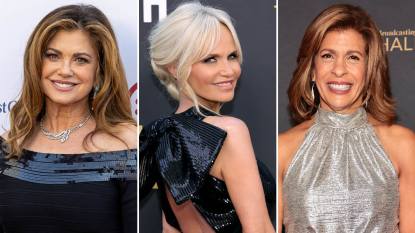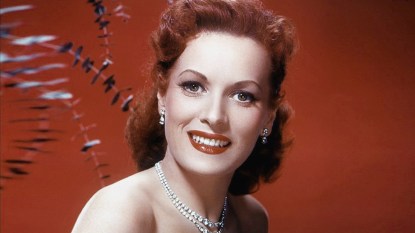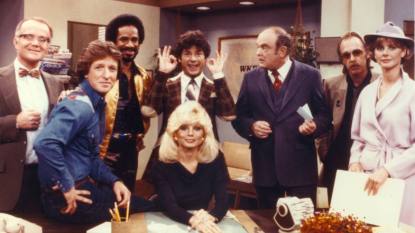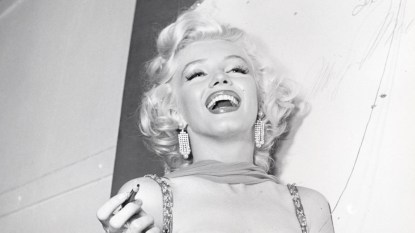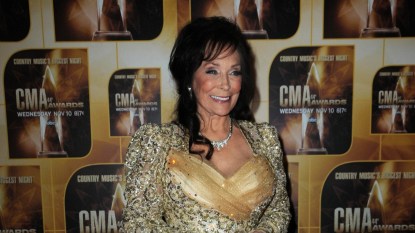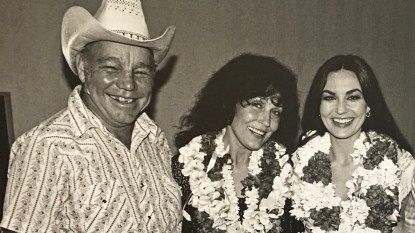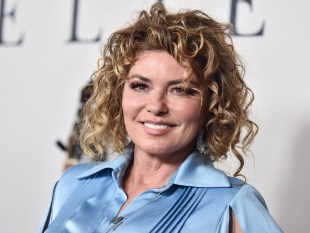Whitney Houston’s 1985 MTV Debut Broke Barriers for Black Artists — Here’s the Story of ‘How Will I Know’
A trail blazed for generations to come.
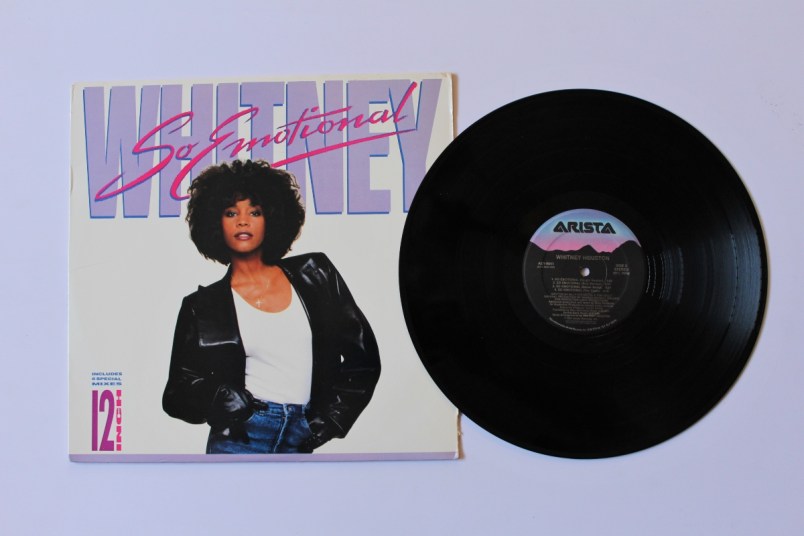
Remember when they still played music on MTV? Flashback to December 1985. Stevie Nicks just arrived on the network’s playlist. Starship made their way onto the scene. If you’re “of a certain age” — late forties or more — you likely recall watching music videos at slumber parties and mooning over Duran Duran’s Simon Le Bon. Good times, those were!
The standout singer, however, was Whitney Houston. When the music video for “How Will I Know” entered MTV’s rotation, people went nuts for her. By the time she made her first appearance on the teen-friendly channel, she had already gone double platinum, and hits like “You Give Good Love” and “Saving All My Love for You” had crossed over from R&B to Top 40 stations. Unlike many of her contemporaries, she could belt out both upbeat pop tunes and emotion-soaked ballads. But it was the brightly hued, dance-heavy music video for “How Will I Know” that expanded her fan base by reaching the young white audiences crucial to the network’s then-nearly 30 million viewers. (It also didn’t hurt that Whitney was absolutely gorgeous.)
Reaching New Heights
“That video took her [debut] album to a different level,” Clive Davis, the head of Whitney’s label, Arista Records, told authors Rob Tannenbaum and Craig Marks in their 2011 oral history I Want My MTV: The Uncensored Story of the Music Video Revolution. “We’d established a good base at R&B radio with the first few singles, but ‘How Will I Know’ established Whitney as a star.”
Drum virtuoso Sheila E., pop legend Dionne Warwick, and Sade lead singer Sade Adu were other Black women in the channel’s rotation at the time. Rock legend Tina Turner was also an MTV fixture after her blockbuster 1984 album, Private Dancer. Still, despite the pop success of these artists and others like Klymaxx and Atlantic Starr, Black women were woefully underrepresented on MTV’s playlist.
When it launched in the summer of 1981, MTV’s programming centered on songs that fit the radio format then known as AOR, or “album-oriented rock.” “Video Killed the Radio Star” by the Buggles was the first video it aired. The songs that followed came from artists like Rod Stewart, Pat Benatar, and Styx — all of whom were white.
Redefining The Standard
“Until the recent advent of Whitney Houston,” wrote author E. Ann Kaplan in her 1987 book Rocking Around the Clock: Television, Postmodernism and Consumer Culture, “Tina Turner was the only female Black singer featured regularly, and even so, her videos are few and far between.”
MTV brought most of its early staff over from the AOR world, and its programming reflected that. It also reflected the racial divide that was sprouting in rock. When Prince opened for The Rolling Stones in Los Angeles in 1981, the audience greeted him with heckling and debris. “Disco sucks” was a rallying cry that was often used as a dismissal of pop music recorded by Black artists. On the radio, alleged market-related reasons imposed more rigid boundaries for what counted as “rock,” which left behind Black artists.
In the early ’80s, Black artists were a strong presence on the pop charts. Artists like Kool & the Gang, Diana Ross and Lionel Richie, and Patti Austin and James Ingram were all reaching the top of Billboard’s Hot 100. As time went on, observers started calling out the whitewashing of MTV as it became more apparent. David Bowie called out the channel during a 1983 on-camera interview.
“I’m just floored by the fact that there’s so few Black artists featured on it. Why is that?” he asked. “The only few Black artists one does see are on about 2:30 in the morning until 6:00… Very few are featured prominently during the day.” That changed slowly over time. It began with the blockbuster success of Michael Jackson and the mini-movies that accompanied his 1983 album, Thriller. Later, it continued with with Whitney.
MTV Changes Course
At first, she met resistance from the music network, which refused to play her debut video for “You Give Good Love.” The subsequent chart success of “Saving All My Love for You” forced it to reconsider its stance. “It hit so hard and exploded so heavy that they had no choice but to play it,” Whitney later recalled. “How Will I Know,” her third video, intentionally appealed to white audiences; Houston wore a blond wig, and her skin was lightened beyond its natural hue. It became one of MTV’s most-played pop videos of 1986. This prompted Whitney’s win in the Best Female Video category and garnered her nomination for Best New Artist at that year’s MTV Video Music Awards.
In a 2001 interview with MTV, when Whitney was asked about her earliest memories of the music video channel, she was blunt in her response. “I remember that I couldn’t get on,” she said with a laugh. “It was a major breakthrough for African American entertainers to be on MTV, because it was solely for rock artists,” she continued. “I remember Michael Jackson making a very big breakthrough, and then Tina Turner, along with myself and Bobby Brown and a few others that were major breakthrough artists on MTV. I do remember the hassle of introducing Black artists to MTV, because, let’s face it, it was solely for white artists at that point.”
The Future of MTV
Soon, other Black women and women of color in the pop genre made their way to MTV’s playlist. In the months following the debut of “How Will I Know,” Janet Jackson became a reliable presence on the network. Her dance-heavy videos accompanied her 1986 album, Control. In the late ’80s, Black female pop artists like Jody Watley, Tracy Chapman, and Natalie Cole had clips in heavy rotation.
Eventually, it became an everyday occurrence for MTV’s music programming to feature Black female artists. From Missy Elliott to Brandy, this was an outcome that likely would have been very different without Whitney’s talent and drive.
Did You Know?
Long before Whitney Houston was an MTV sensation, she made her mark on the small screen, albeit a minor one. In 1983, a 19-year-old Whitney played a part as a perky background dancer in a TV spot for Canada Dry.
Her biggest role in a commercial came three years later, when she served as the face of Diet Coke. Diet sodas were a recent fad, with rival brands Coca-Cola and Pepsi trotting out celebrities like Michael J. Fox, Sharon Stone, and Demi Moore left and right to market their products. Whitney’s 1986 spot was no exception, not to mention peak ’80s camp. In addition to the singer, who appears with wildly blown-out and backlit hair, there are cameos by actor Brooke Shields and middleweight boxing champion “Marvelous” Marvin Hagler. The 60-second montage features Whitney singing a list of reasons to drink Diet Coke, before ending on the slogan: “Just for the Taste of It.”
Two years later, Whitney reprised her role for a more straightforward, and far more memorable, commercial. This time, surrounded by TV screens on a small stage, she belted out the slogan over and over again. Another European ad followed a young boy at a concert as he stumbles upon Whitney, who in turn believes the Coke he’s carrying is meant for her. In gratitude, and to the tune of “Greatest Love of All,” she brings the boy onstage with her. Whitney later appeared in a Japanese advertisement for Sanyo, which sponsored her 1990 tour of the country. The telephone wars of the mid-’90s also saw AT&T shell out large sums of money for Whitney’s endorsement throughout 1994 and 1995.
We Will Always Love You, Whitney
No matter the medium, Whitney is unique among performers. Her visual presence jumps off the screen, and her vocals are unparalleled. Eleven years since her death, it’s still hard to believe that she’s gone. The legacy she left behind, however, endures.


